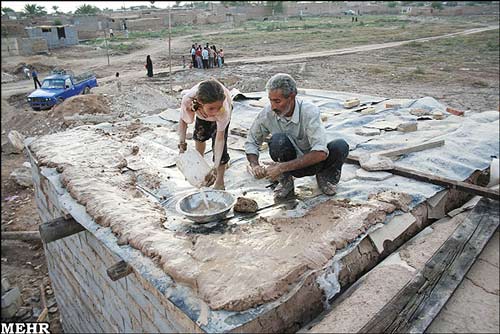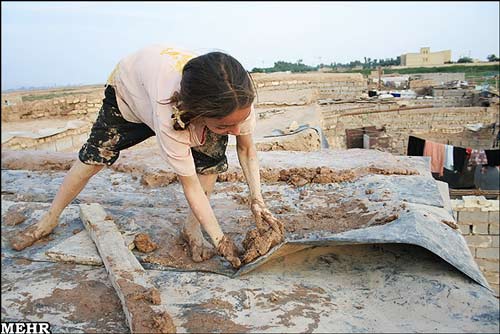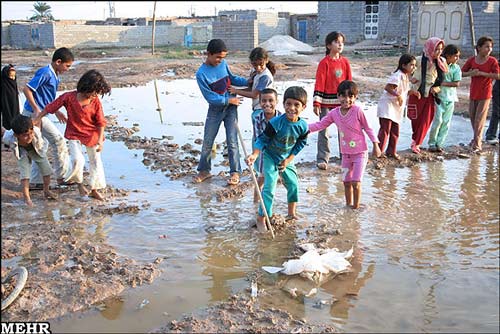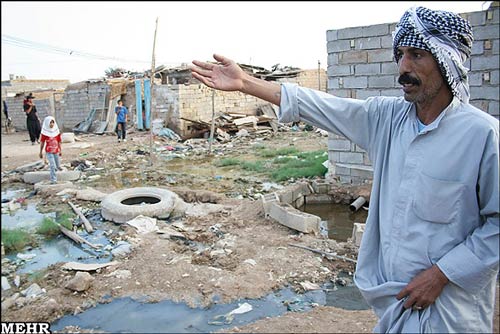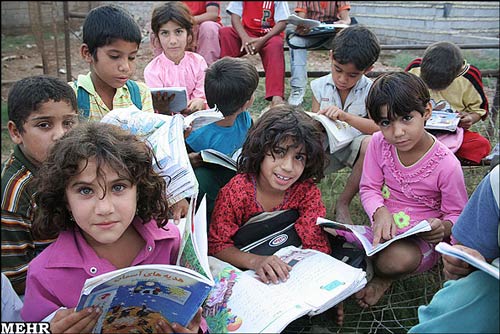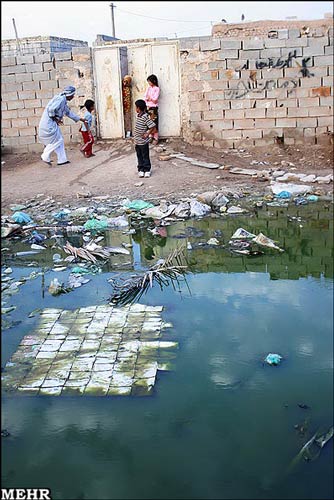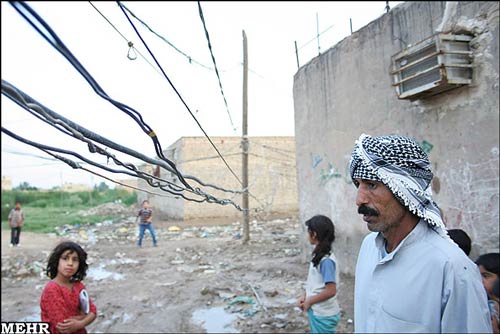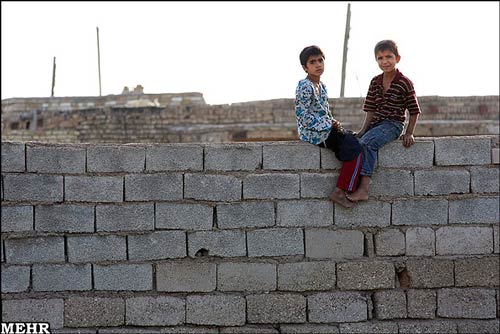Iran’s Department of Statistics announced that 10 million Iranians live under the “Absolute Poverty Line” and 30 million live under the “Relative Poverty Line.”
Adel Azar, head of the Department of Statistics, told ISNA that the budgetary system of Iran has no correspondence with the prevalent scientific systems of budgeting. He added that if the rules of budgeting were observed in this very structure, the government could save at least 30 to 35 percent on its expenses.
The Professor of Tarbiyat Modares University went on to say that the use of the oil revenues in the current expenditure is “an irreparable and vast disaster.” He explained: “Rather than spending the revenues from oil, which is an inter-generational asset, on increasing quality of life, manufacturing and assets, the revenues are used for current government expenses.”
He also indicated that the government’s annual budgets for construction projects ignore issues of productivity and efficiency which could save the government 45 percent in expenses.
In conjunction to this report, Issa Kamali, secretary General of House of Workers told ILNA that in the past year 52 thousand workers have lost their jobs in the oil industry in Oslouyeh, in the south of Iran.
He added that of the 60 thousand people employed in this industry in the area, only eight thousand still have a job.
Issa Kamali said: “The oil and gas companies of the Oslouyeh area were so productive that in addition to employing local workforce, they even employed workers from other areas; but currently the area has turned into a useless tumour.” Kamali blamed “wrong government policies” for throwing the region into such a “crisis.”
Source: Zamaneh
ده میلیون نفر از جمعیت ایران زیر خط فقر مطلق
رئیس مرکز آمار ایران میگوید بیش از ۱۰ میلیون نفر از جمعیت ایران زیر «خط فقر مطلق» و بیش از ۳۰ میلیون نفر زیر «خط فقر نسبی» هستند
عادل آذر به خبرگزاری دانشجویان ایران (ایسنا)، گفت که سامانه بودجهریزی ایران، هیچ نوع همخوانی با نظام بودجهریزی علمی رایج در دنیا ندارد و اگر بودجهریزی، عملیاتی شود، به وسیله همین ساختار میتوان در حوزه هزینهها، حدود ۳۰ تا ۳۵ درصد صرفهجویی کرد.
این استاد دانشگاه تربیت مدرس، مصرف درآمد نفت در هزینههای جاری را «فاجعهای بزرگ و جبرانناپذیر» خواند و افزود: «به جای این که نفت که یک دارایی بین نسلی است، فروخته شود و درآمد آن برای ایجاد ارزش افزوده، تولید و ثروت استفاده شود، این درآمد صرف هزینههای جاری شده است.»
به گفته وی ۷۸ درصد رشد تولید ناخالص داخلی، حاصل فروش منابع داخلی به ویژه نفت و فقط ۲۲ درصد مربوط به منابع دیگر به ویژه علم و دانش است.
رئیس مرکز آمار ایران افزود: «توجه نکردن به بحث بهرهوری و کارایی سبب شده که در بودجههای سالانه، از هر صد واحد پولی که صرف طرحهای عمرانی میشود، فقط ۵۵ واحد آن تبدیل به کار خروجی شود و ۴۵ واحد دیگر آن ناکارآمد باقی بماند و این به معنای ضایع شدن پول است.»
بیکاری ۵۲ هزار نفر در عسلویه از سوی دیگر عیسی کمالی، دبیر اجرایی خانه کارگر بوشهر در گفتوگو باخبرگزاری کار ایران (ایلنا)، از بیکار شدن ۵۲ هزار نفر از کارگران منطقه صنعت گاز و پالایش عسلویه در جنوب ایران در چهار سال گذشته خبر داد.
به گفته وی از ۶۰ هزار نفری که در این منطقه کار میکردند، فقط هشت هزار نفر در حال حاضر مشغول به کار هستند و این منطقه اقتصادی با «بحران بیکاری و تعطیلی واحدها» روبرو شده است.
این فعال اقتصادی «سیاستهای غلط دولت» را مسبب ایجاد «بحران» در عسلویه عنوان کرد و افزود: «شرکتهای حوزه نفت و گاز در عسلویه به حدی فعال بودند که علاوه بر نیروهای بومی، کارگران غیربومی نیز به منطقه هجوم میآوردند، اما امروزه عسلویه به غدهای غیرمفید در استان بوشهر تبدیل شده است.»
عسلویه از توابع استان بوشهر در جنوب ایران و معروفترین بخش منطقه ویژه اقتصادی پارس است که تا چند سال گذشته شاهد حضور تعداد قابل توجهی از افراد جویای کار بود.
